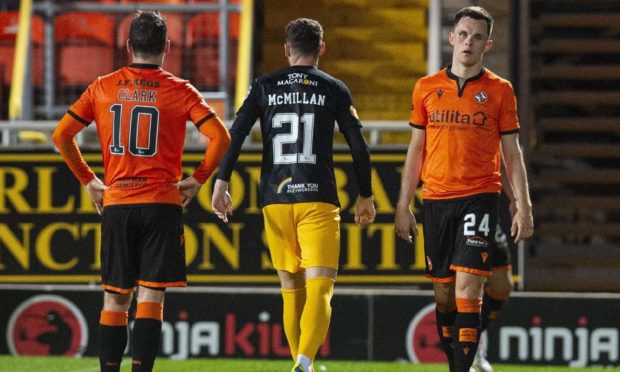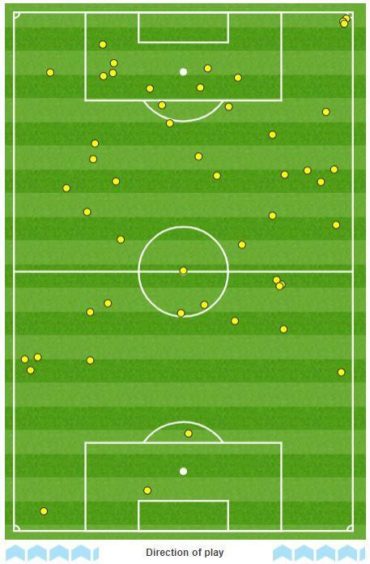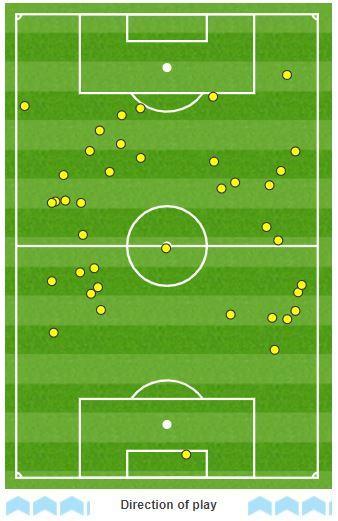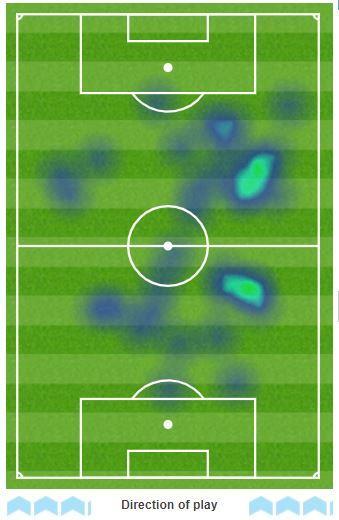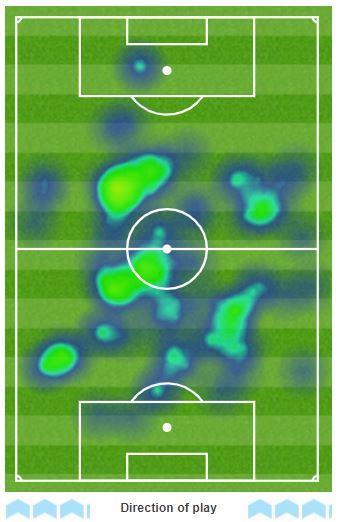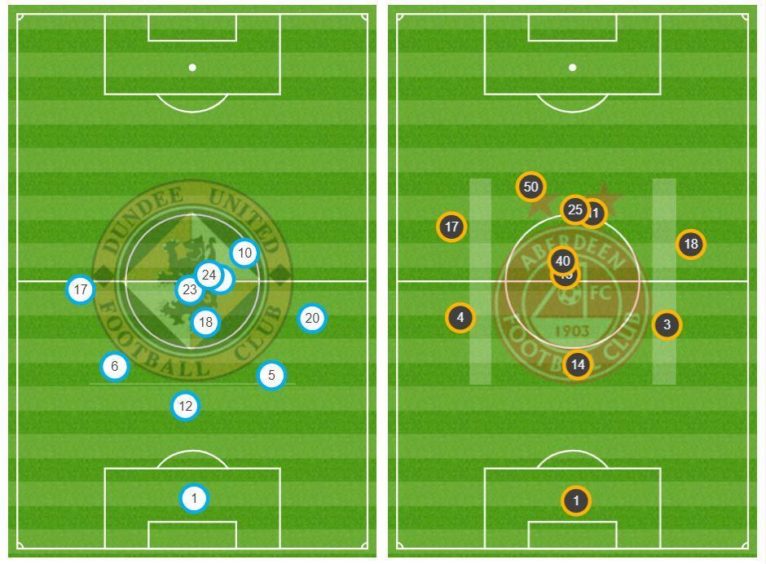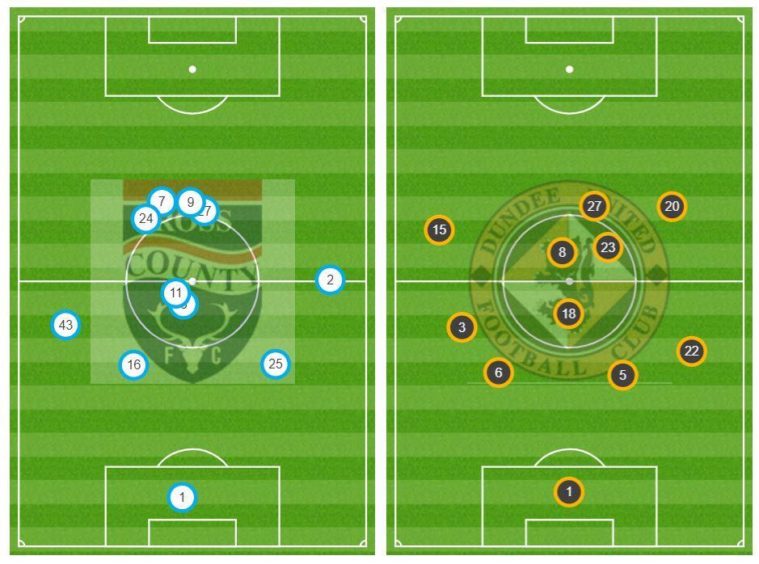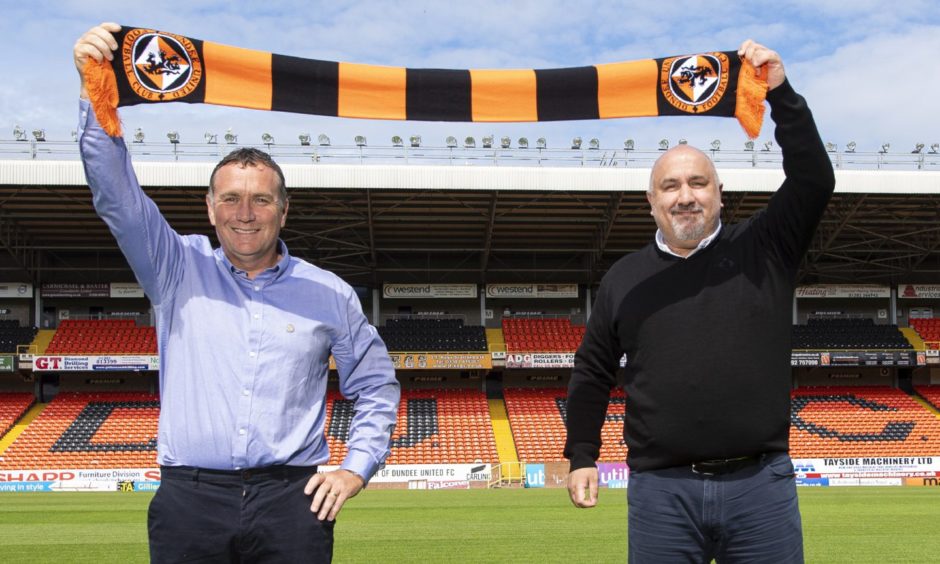Dundee United reached the end of the beginning of their Premiership return with a goalless draw against Aberdeen.
Having faced all 11 other top-flight teams, there can be no better time to reflect on what has been and what, they hope, will be this season.
There are five areas in which United will be keen to improve in the hope of bettering their 12-point tally so far.
Make progress in these areas, then this can be an exciting and enjoyable journey back to where Micky Mellon and his players believe they belong.
1 – Increase supply to Lawrence Shankland
It was a long wait to see the club’s star striker back in tangerine this season, with an ankle injury keeping him sidelined for six weeks.
The first glimpse of him came on opening day at home to St Johnstone but it was a strangely subdued performance from the 25-year-old on August 1.
Shankland didn’t manage a single shot on target that day and only three goal attempts of any description. He did create a couple for chances for others in that match but it is him fans want to see on the end of the assists.
He would not reappear until Ibrox, coming off the bench just before the hour when the visitors were already 2-0 down.
Shankland still had a great chance to score with what was United’s only shot on target for the whole game but what would have been a consolation goal was saved. It was his only touch in the opposition box – he had nine against Saints – but it nearly counted.
He came back to Tannadice with a bang when they played St Mirren on September 19.
He had four shots – two on target – and one in particular was a beauty. Mere stats can’t describe how wonderful his opening goal was in that game, an acrobatic volley that flew into the Buddies’ net.
Key for Shankland was the improvement in delivery, with Ian Harkes (38), Calum Butcher (29), Nicky Clark (25) and Logan Chalmers (18) all chipping in with passes in the opposition penalty area.
That helped Shankland have eight touches in the Buddies’ box. The result was a wonder goal and a 2-1 home victory.
The Scotland man was on target again the following week, albeit in more modest fashion, as he scored United’s goal in the 1-1 draw away to Hamilton Accies.
The touches in the opposition box moved down to three and would fall to zero against Livingston (see below) and then go up to a still modest two against Aberdeen.
The evidence is clear and proves what every United fan knows – get the ball to Shanks in the box and United have a chance of winning games.
2 – Win the midfield battle
The Tangerines’ problems creating and converting chances this term are well documented but establishing a platform to even begin to do so has been a concern, too.
In an attempt to build a side in his vision, Mellon has primarily opted to field a 3-5-2 formation when he’s had the desired personnel available, presumably in an attempt to dominate the midfield of the park and get a stranglehold on games.
In that system, it has more often than not been Butcher, Harkes and Peter Pawlett tasked with breaking up play, dictating the tempo and providing a creative spark for their team.
The Terrors have only come out on top in duels won four times this season, in wins against Ross County and St Mirren, Saturday’s point against Aberdeen and, surprisingly, the 4-0 loss to Kilmarnock.
In losses to Celtic, Hibs and Rangers they only won 43.3%, 42% and 32.9% of their battles, respectively, which is simply not enough if you want to challenge teams of that calibre.
The stats have been more even in tighter games against St Johnstone, Motherwell, Hamilton and Livingston proving that, if United are to win the war this season, they need to start racking up a few more battle victories.
3 – Keep the ball better
Similarly, controlling possession has been a problem this season, with Mellon ever berating his side to pass and retain the ball.
This is not simply the job of the midfielders, of course, but by focusing on anchorman Butcher we are able to get a good overall picture of United’s passing.
The Englishman has started all 11 of the Tangerines’ league matches, so far, missing just 27 minutes of action.
The amount of successful passes Butcher and the team as a whole make is similar – he is averaging passing accuracy of 75.6% this season, while United as a unit sit at 69.2%.
However, what is interesting is that when the holding midfield man enjoys a passing accuracy of higher than 70%, United tend to dominate possession in the game.
This has been the case against St Johnstone, Hibs, Killie, St Mirren and Hamilton. Conversely some of Butch’s worst performances – Livingston, Motherwell and Aberdeen – have seen United give up possession at will.
Although the 29-year-old is clearly key to United putting their stamp on matches, the same can be said of the team as a whole.
When they keep the ball, the Terrors function better as a team and look more likely to pick up points rather than absorbing pressure and breaking.
4 – Stretch the pitch
Another tactic seeping its way into the playbook of late is the narrowing or ‘pinching’ of the pitch.
Mellon seems to be encouraging his side to be compact, crowd the middle of the park and try to gain a foothold in the game that way.
They are paying the price, however, with a lack of width both in defence and in attack and a deep average position.
In their last three matches, the Tangerines have been camped in on their half way line for the most part.
Width was displayed against Hamilton, with 25 crosses from open play but with their attacking talent garnering very little touches in the box, chances were at a premium.
Against Livi and Aberdeen, the Terrors could only muster eight crosses with their opponents registering 12 and 25, respectively, with their attacking play restricted to a narrow corridor up the centre of the pitch.
Comparing those games to the season opener against St Johnstone and swashbuckling win at Ross County makes for stark viewing.
United need to roam free, find their confidence again and start asking their opponents different questions.
5 – Define expectations
Perhaps some people inside Tannadice won’t agree but the Tangerines have put unnecessary pressure on themselves by talking about finishing in the top six this season and perhaps even getting back into Europe.
In the year 1 BC (last October, before coronavirus), United sporting director Tony Asghar spoke of his “personal ambition” being to compete in Europe.
That sentiment was echoed by then-manager Robbie Neilson, who had just agreed a new deal (told you it seems like light years away).
This season, surely, should be all about survival and then building from there. Just because United are United doesn’t mean they should set the bar too high.
The league results and performances thus far have put the club into sixth spot with 12 points. Your own eyes tell you they are looking capable of staying out of the danger zone but perhaps a top-half finish is stretching it.
It would be nice to be proved wrong on that last point. There are signals within Mellon’s always entertaining and informative post-match quotes that he gets it, speaking about “a continual development job” after the Dons game.
United can just keep the head down, work away and if they do finish seventh or eighth there won’t be many of their fans unhappy with that.
